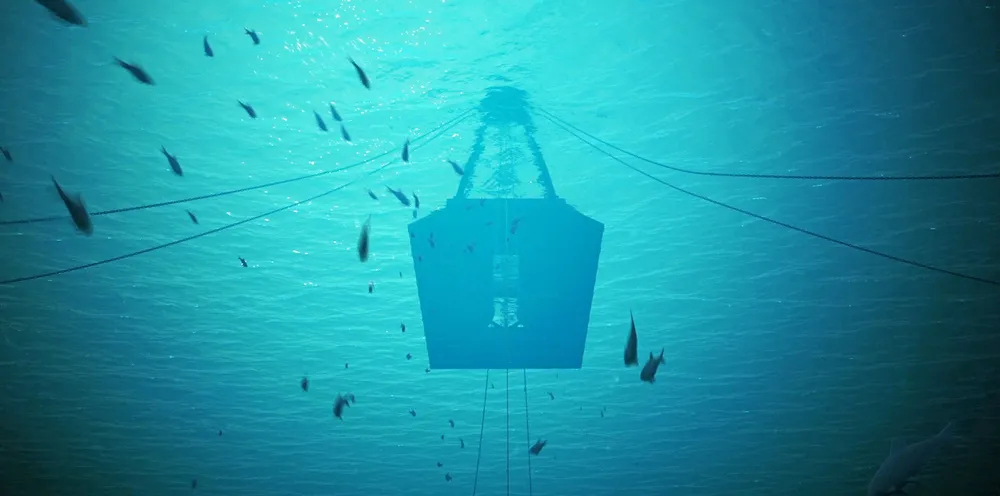Maersk delves deeper into floating wind with mooring deal for Spanish flagship
Project team assembled for second quarter installation of RWE-backed Saitec 2MW DemoSath pilot in Bay of Biscay off Bilboa

Danish maritime contractor Maersk Supply Service (MSS) has landed the deal for installation of the innovative mooring technology for the RWE-backed Saitec DemoSath wind pilot off Spain, in the frame to be the country’s first grid-connected floating array.
MSS will be responsible for hook-up of a so-called single-point mooring – a system adapted from floating oil production and storage vessels that allows a unit to ‘weathervane’ with the wind – to a 2MW model of Saitec’s Sath design, set to be anchored off Bilbo in the second quarter.
“This is a significant contract for MSS, as floating wind is a cornerstone of our green strategy and transition to offshore renewables,” said Oliver Trouvé, MSS’ head of integrated solutions.”
Single-point mooring systems, designed for ‘plug-and-play’ connection and disconnection of floating units, reduce loads on the platform and help turbine yaw control in orientating the rotor plane against the wind.